A Richer Shade of Umami
Have you ever noticed how some soy sauces are thick, almost black and have just a hint of sweetness while others are light and salty? That rich, glossy sauce that clings to your stir-fried noodles or gives braised dishes their signature sheen? That’s dark soy sauce the lesser-known yet just as important ingredient in many East Asian kitchens.
But what is it? And how does it fit into the broader soy sauce world? Let’s dive in.
Show off your soy sauce with one of our kawaii soy sauce dispensers!
What Makes Dark Soy Sauce… Dark?
Dark soy sauce (lǎo chōu, 老抽 in Mandarin) is a type of soy sauce made from fermented soybeans, wheat, water and salt. What sets it apart is the longer fermentation process which helps to develop its deep flavor and gives it more of a texture. This aging, sometimes enhanced with a touch of molasses or dark brown sugar, results in its dark color, lower saltiness and sweeter taste compared to its lighter couterparts.
Traditional Chinese dark soy sauce often uses types of fungus (such as Aspergillus oryzae) to kickstart fermentation. Its ideal for coating ingredients and adding rich color without overpowering a dish. While many assume dark soy sauce is less salty, it can actually contain a similar or even higher sodium content than light soy sauce. It's just that the sweetness simply balances the saltiness, making it taste milder.
Dark vs. Light: Soy Sauce Showdown
It’s easy to think of soy sauce as simple, but there’s a whole world of nuance in that small bottle. Here’s how dark soy sauce compares to others:
- Light soy sauce (shēng chōu, 生抽) is saltier, thinner and used primarily for seasoning or as a dipping sauce.
- Dark soy sauce is thicker, darker and sweeter. It adds rich color and a subtle caramel sweetness to dishes.
- Regular soy sauce (like Japanese shōyu) balances salty and sweet flavors but is lighter in body.
- Double black soy sauce is dark soy sauce with added molasses making it sweeter and more intense.
- Kecap manis from Indonesia is sweet and syrupy, made with palm sugar.
- Hoisin sauce is thicker and more complex, usually used as a condiment.
Don’t confuse Chinese dark soy sauce with Japanese dark soy sauce (koikuchi), or sweet soy sauces from Thailand or Indonesia, which are much sweeter and syrupy.
In Japanese cuisine, shōyu (醤油) plays a starring role. While not the same as Chinese dark soy sauce, it shares the cultural value of balance and fermentation. Shōyu is delicate and aromatic, ideal for dipping and drizzling.

How Is Dark Soy Sauce Used?
Dark soy sauce shines in slow-cooked dishes where both flavor and appearance matter. In Cantonese and Shanghai dishes, it brings mouthwatering color and depth.
- Red cooking (hóng shāo, 红烧): Braised dishes with dark soy sauce, rock sugar and Shaoxing wine.
- Cantonese pan-fried noodles and supreme soy sauce fried rice.
- Shrimp rice noodle rolls (cheung fun) from dim sum menus.
- Stir-fries like beef and broccoli or beef with bamboo shoots and peppers.
- Marinating stews, tofu or eggs for depth of flavor.
- As a glaze for roasting or grilling.
Tip: Use soy sauce sparingly, often a teaspoon or two is more than enough to transform a dish.
Don’t Confuse Dark Soy Sauce with Other Varieties
Chinese dark soy sauce is not the same as:
- Japanese dark soy sauce (koikuchi): An everyday seasoning in Japan.
- Thai sweet soy sauce or Indonesian kecap manis: Much sweeter and syrupy.
- Double black soy sauce: Even darker and sweeter due to the extra molasses.
- Mushroom-flavored dark soy sauce: Adds flavor and can be a substitute for regular dark soy sauce.

Smart Shopping: Tips for Buying and Storing
Look for reputable labels like Pearl River Bridge Superior Dark Soy Sauce or Lee Kum Kee Premium Dark Soy Sauce.
Buying Tips:
- Choose naturally brewed or traditionally fermented varieties.
- Check for minimal additives and real ingredients: water, soybeans, wheat, sugar and salt.
- Sulfur dioxide may be added in small amounts as a preservative.
- For lower salt, try a low-sodium soy sauce.
Storage Tips:
- Keep in a cool, dry place like the pantry or refrigerate after opening.
- Check expiration dates; natural sediment is normal.
- Seal tightly to prevent oxidation.
- Refrigerated bottles last up to 3 years, but best to use within a year.
What If You’re Out? Substitutes & Alternatives
Try these alternatives:
- Regular soy sauce + molasses or brown sugar (2 tsp soy sauce + ½ tsp molasses).
- Oyster sauce or mushroom-flavored dark soy sauce.
- Gluten-free: tamari sauce + balsamic vinegar.
- Thai black soy sauce or Japanese soy sauce for regional variations.
- Worcestershire sauce
If you choose to omit soy sauce your dish may be lighter in color, but still just as delicious.

Final Thoughts: A Taste of Tradition
Dark soy sauce may seem like a small detail, but it carries a world of flavor. From complex fermentation to versatile culinary uses, it invites us to appreciate depth in simplicity.
Curious to explore more? Try it in a favorite dish or pair it with handcrafted Japanese tableware to bring East Asian culinary artistry into your home.


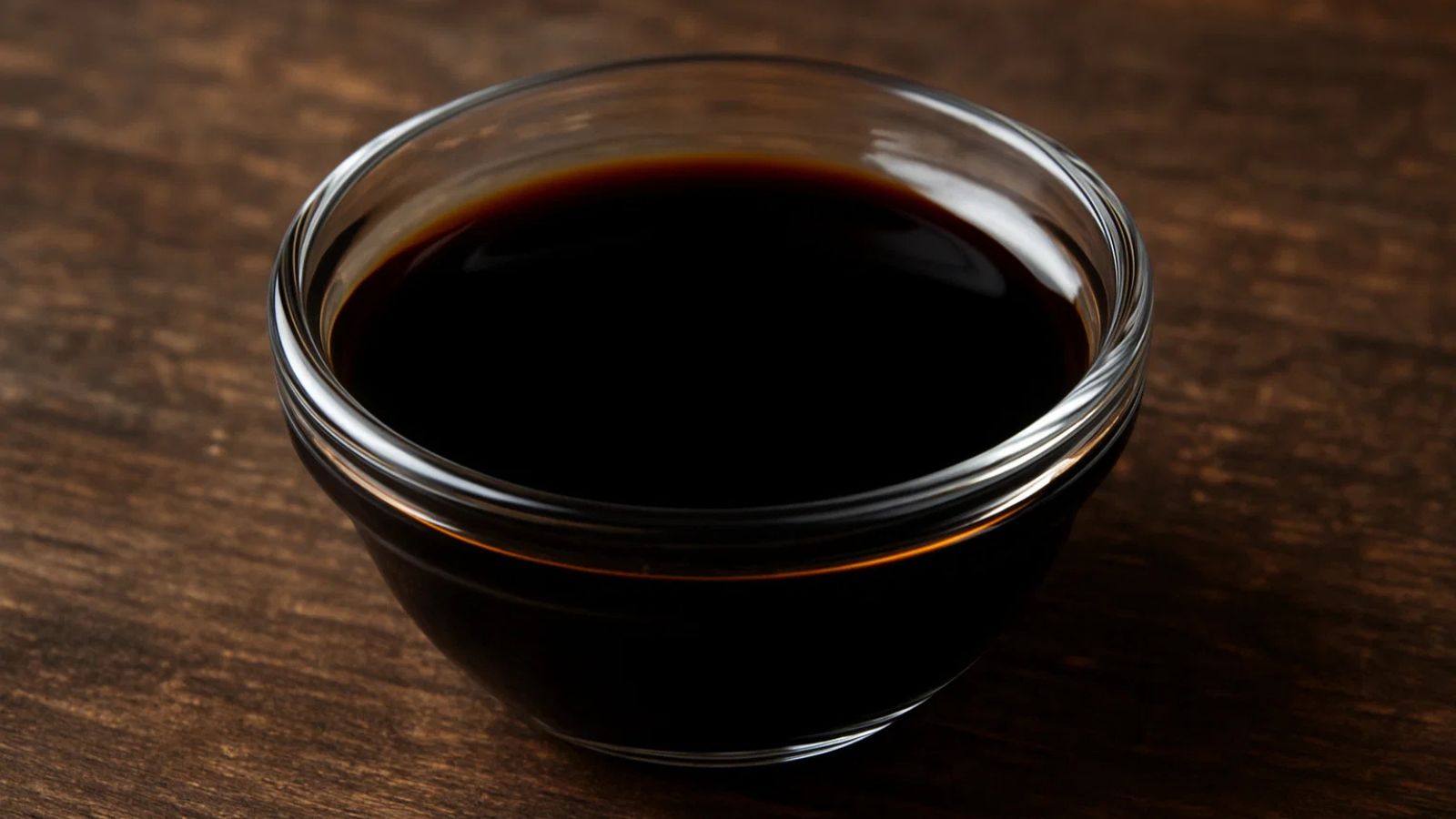


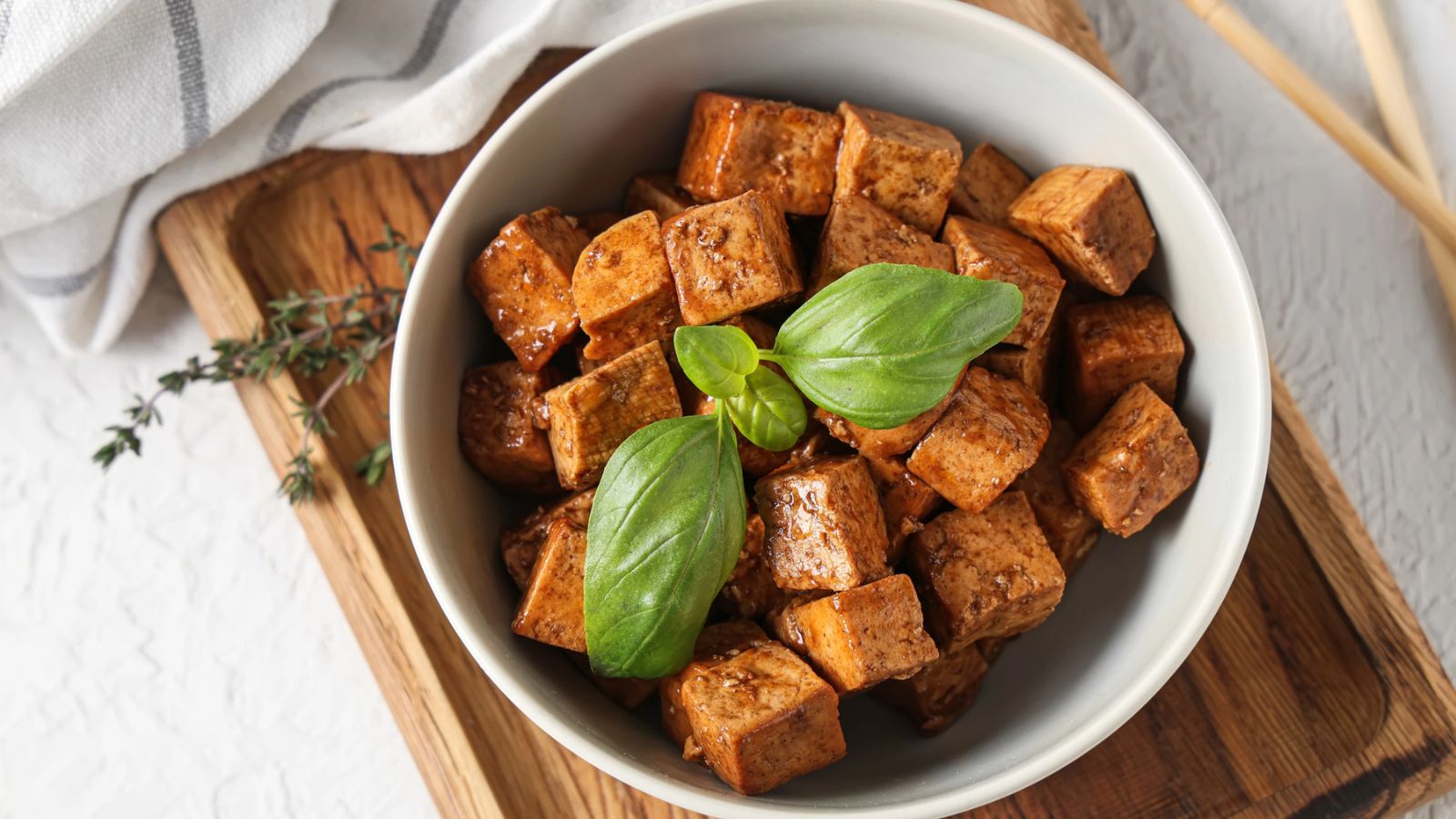
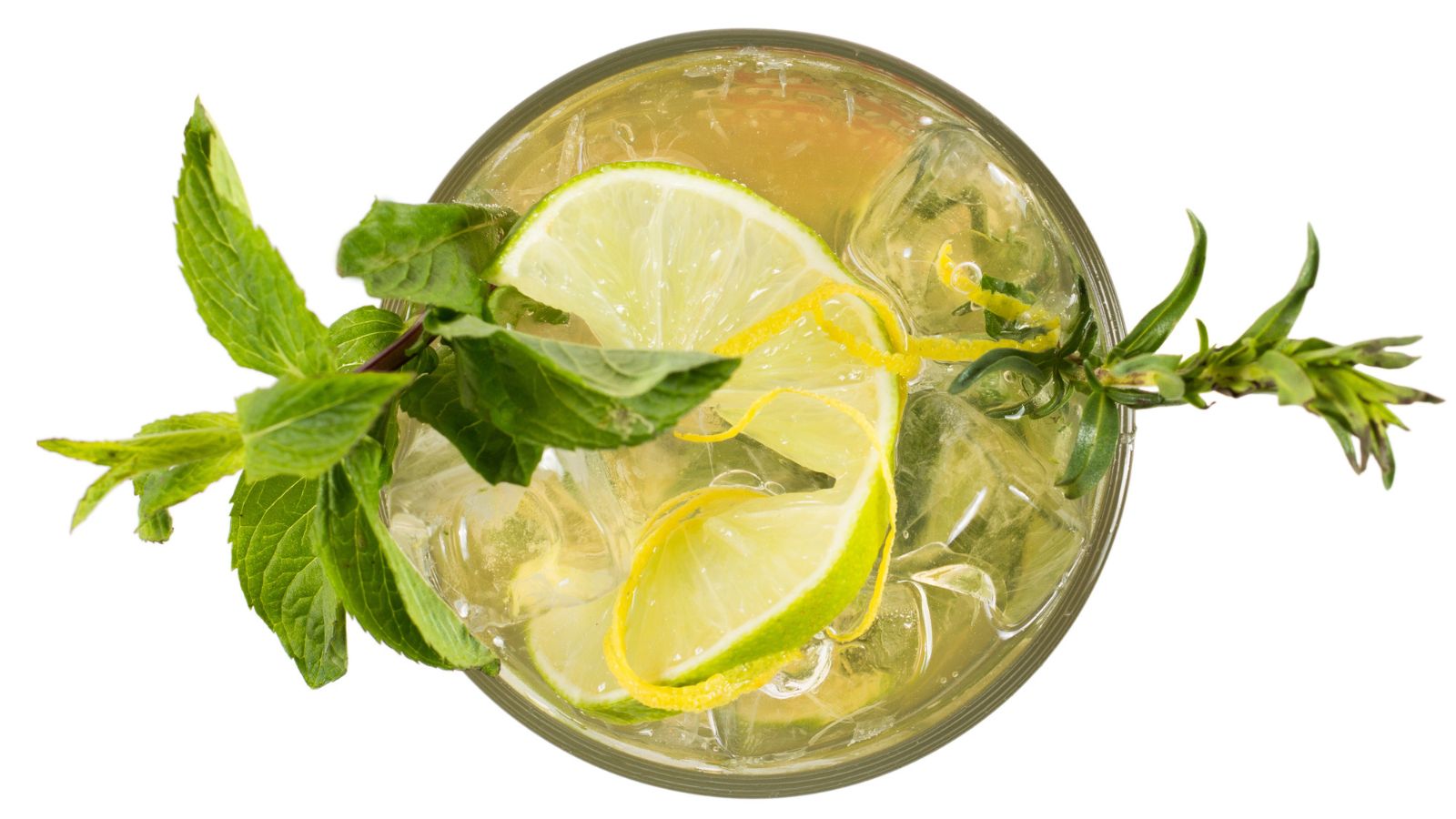
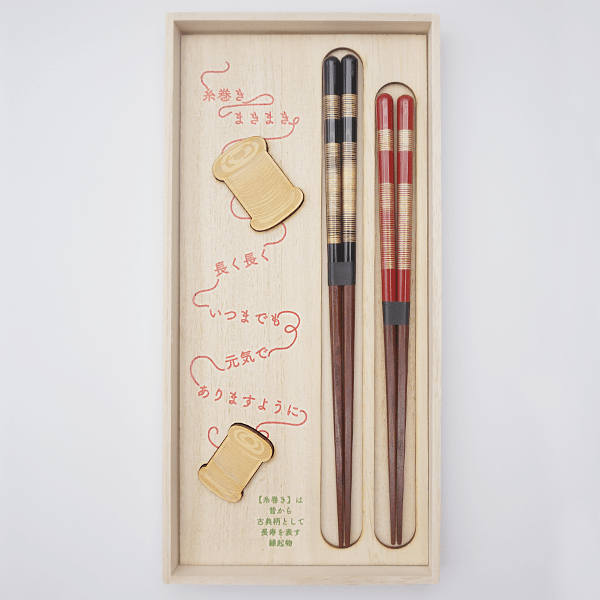
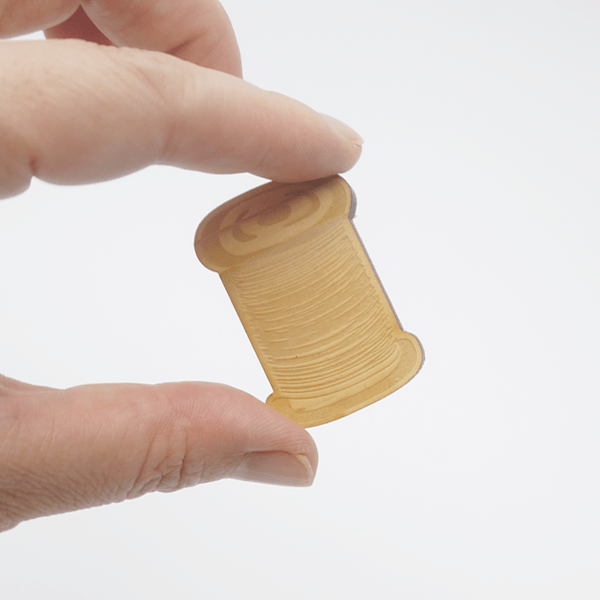
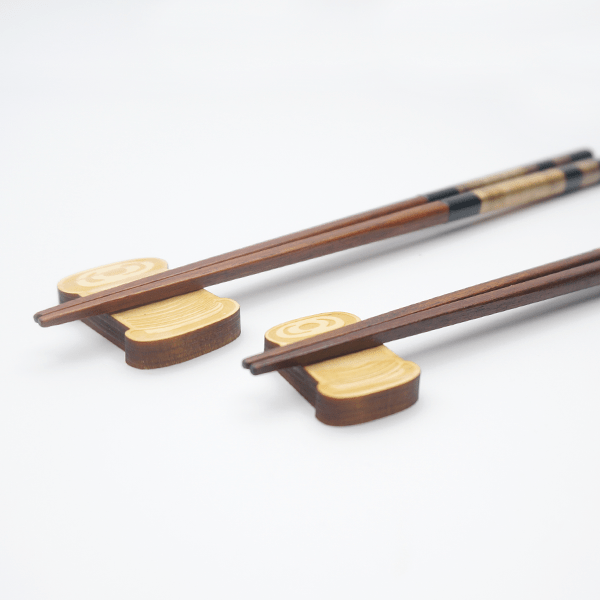
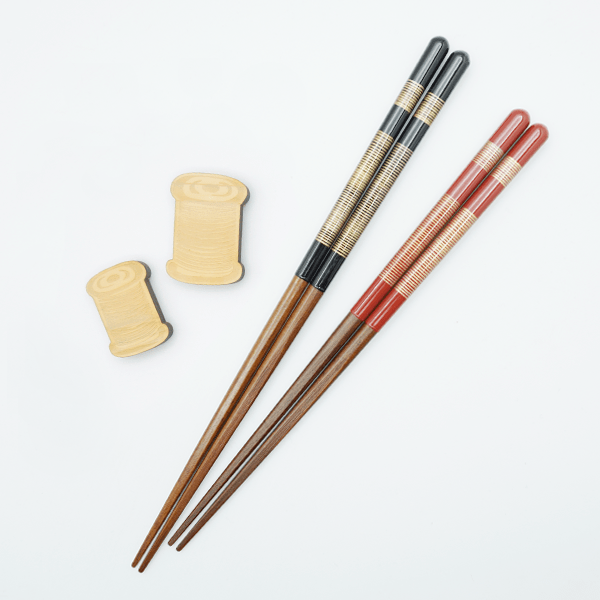

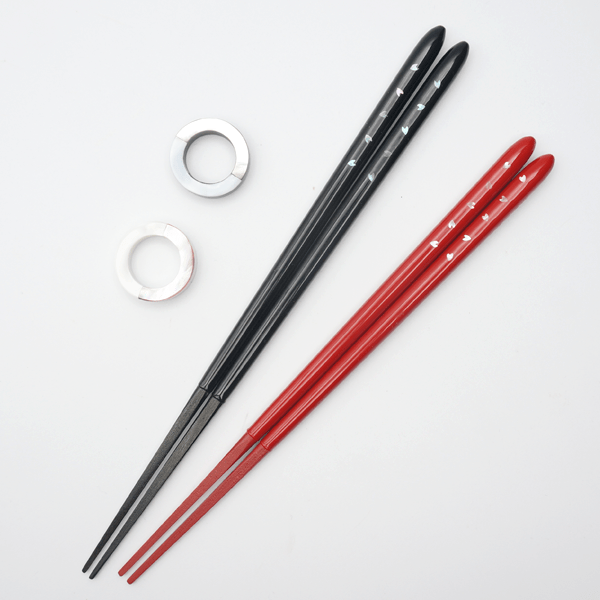

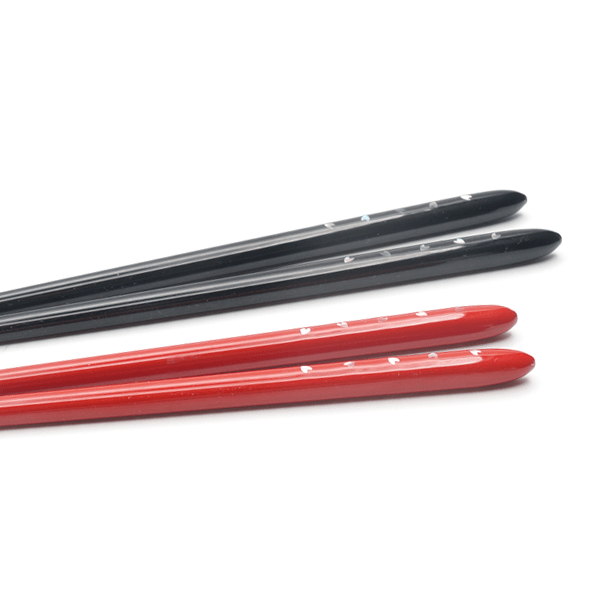
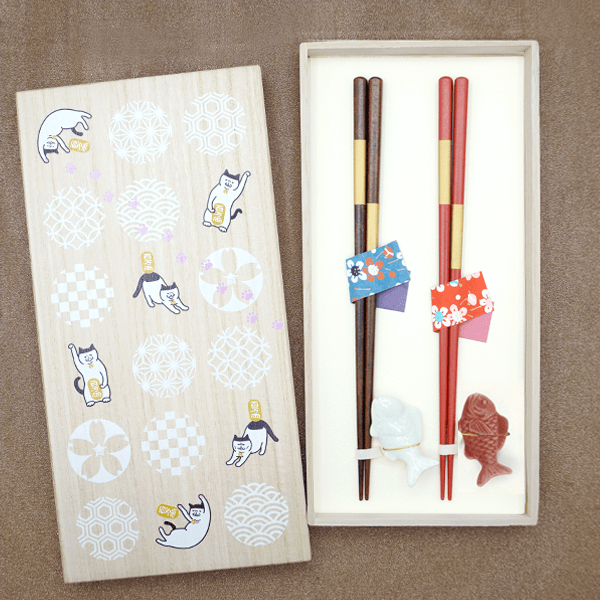
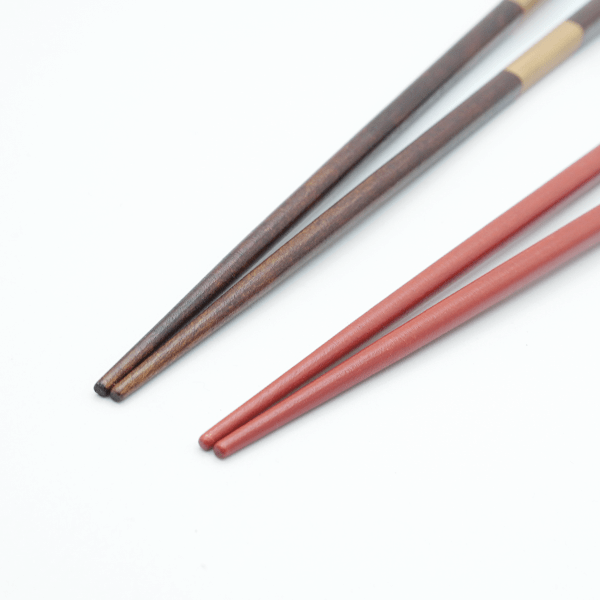
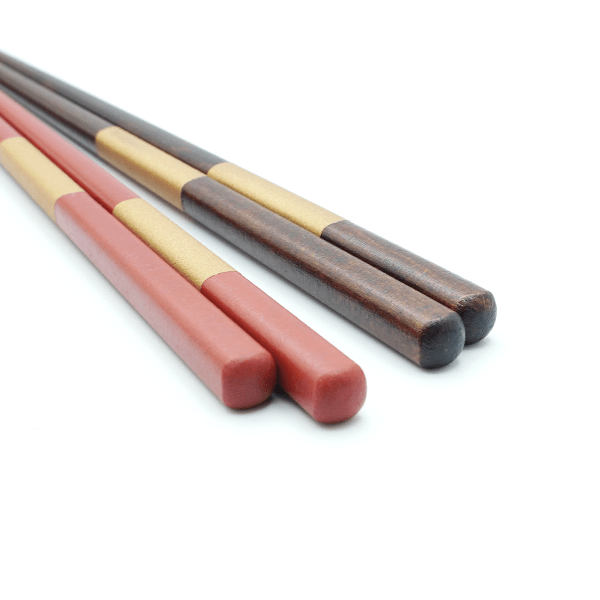
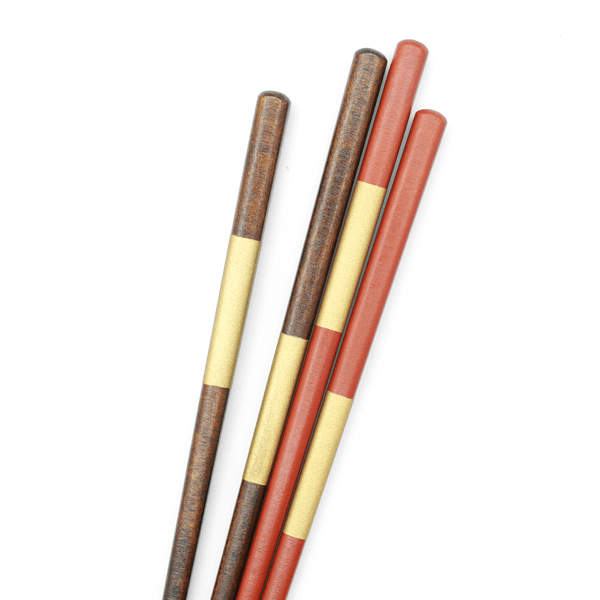
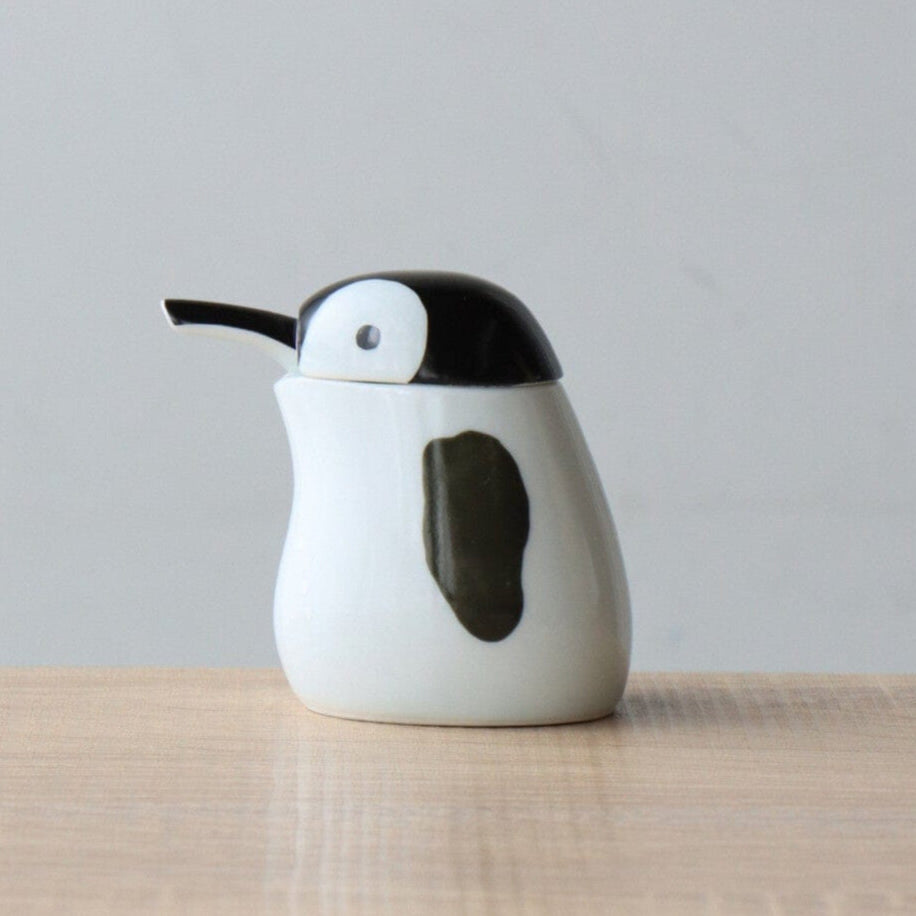


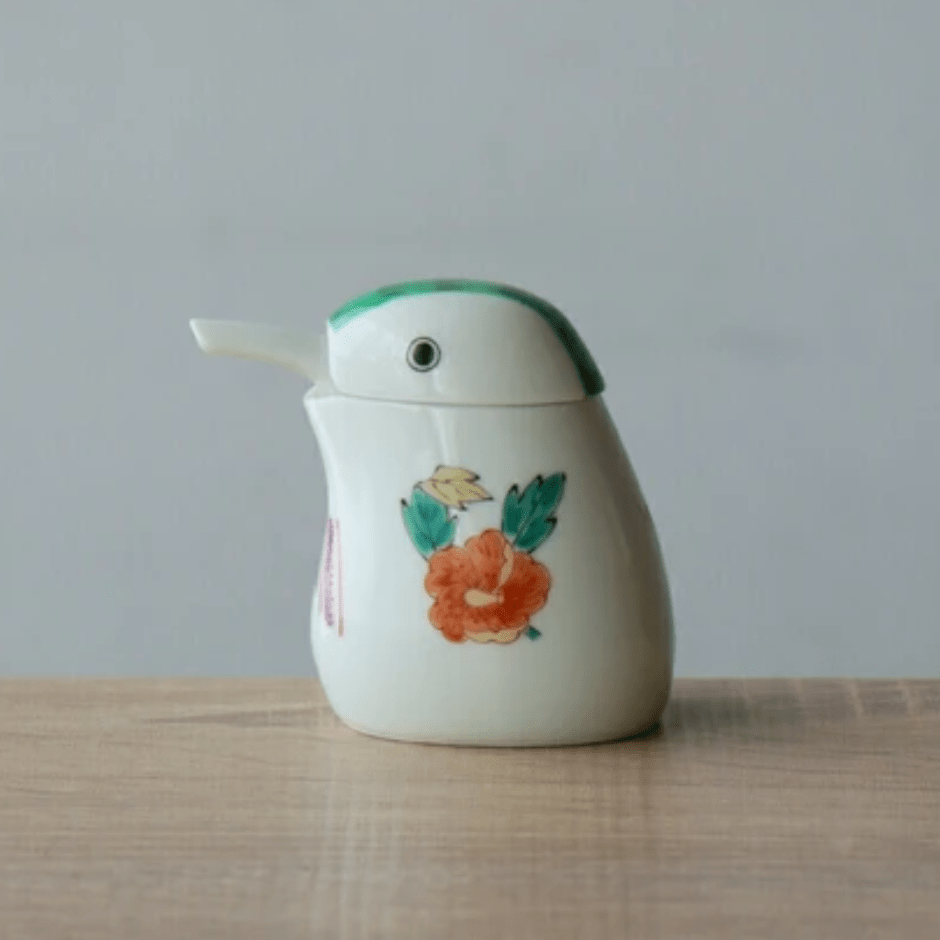


Share: